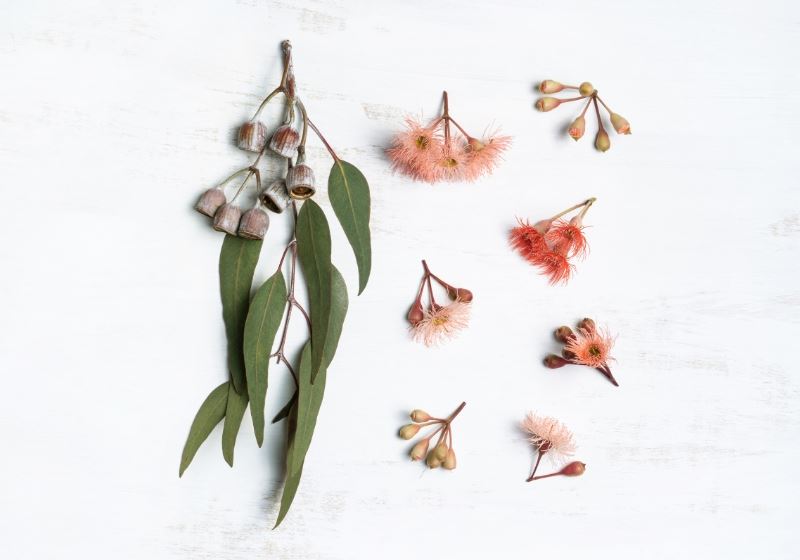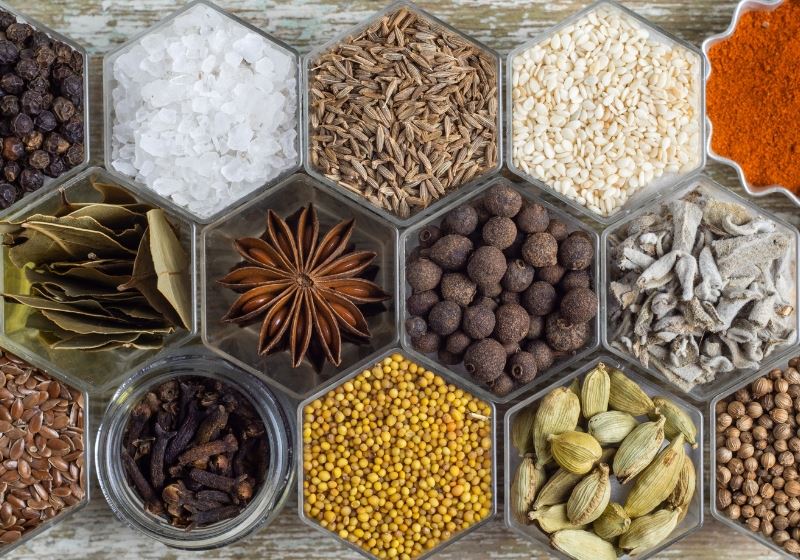Understanding the anatomy of spices such as flavouring profiles, origins and uses, can unlock a world of culinary possibilities to enhance our appreciation for the art of cooking with them. Here we explore sweet and warming spices, chilli and hot spices and even sour spices.
Sweet and Warming:
These spices are often used in both sweet and savoury dishes, adding a comforting and aromatic quality. They are particularly popular in Autumn and Winter recipes, as their warmth can be incredibly soothing during colder months.
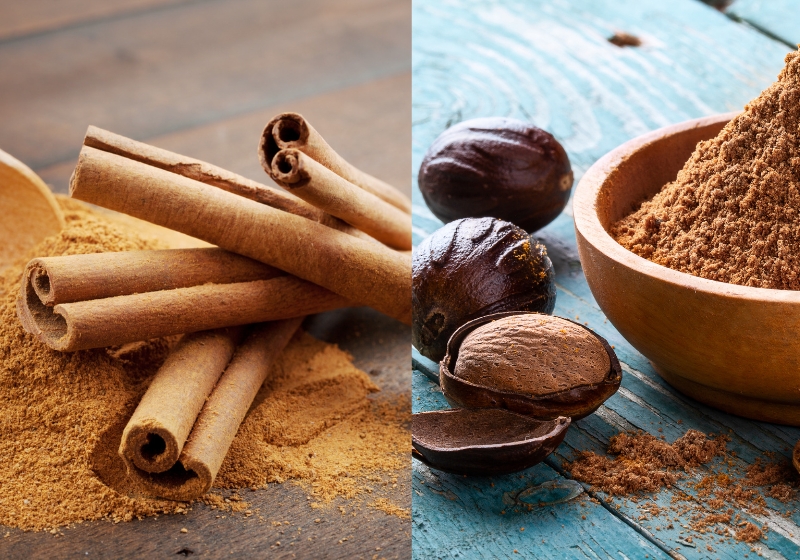
Cinnamon:
Perhaps the most well-known sweet and warming spice. Its woody aroma and slightly spicy flavour make it versatile when used in sweet and savoury dishes. It pairs beautifully with apples, chocolate and chilli.
There are two main types of cinnamon: Ceylon cinnamon (Cinnamomum verum) and cassia cinnamon (Cinnamomum aromaticum). Ceylon cinnamon, often referred to as 'true' cinnamon, is native to Sri Lanka and has a mild, sweet flavour with citrusy notes. Cassia cinnamon, on the other hand, is more commonly available and has a stronger, spicier flavour with a hint of bitterness.
Nutmeg:
Warm with a slightly sweet flavour and hints of clove and cinnamon, nutmeg is a spice that comes from the seed of the nutmeg tree (Myristica fragrans), native to the Moluccas (or Spice Islands) of Indonesia. The seed is encased in a hard, brown shell which is removed to reveal the seed inside.
It is often used in baked goods like a cheesecake or could be good in a warming breakfast dish, as well as savoury dishes like creamy sauces and soups. Béchamel sauce is a good example of when a touch of nutmeg can enhance the flavour profile.
Cloves:
This is another spice that falls into the sweet and warming category. Cloves have a strong, pungent flavour with a hint of sweetness and are often used in baking, particularly in holiday recipes like gingerbread cookies and fruitcakes. Cloves are also used to flavour mulled wine and cider adding a warm, spicy depth to the drink.
Hot Spices:
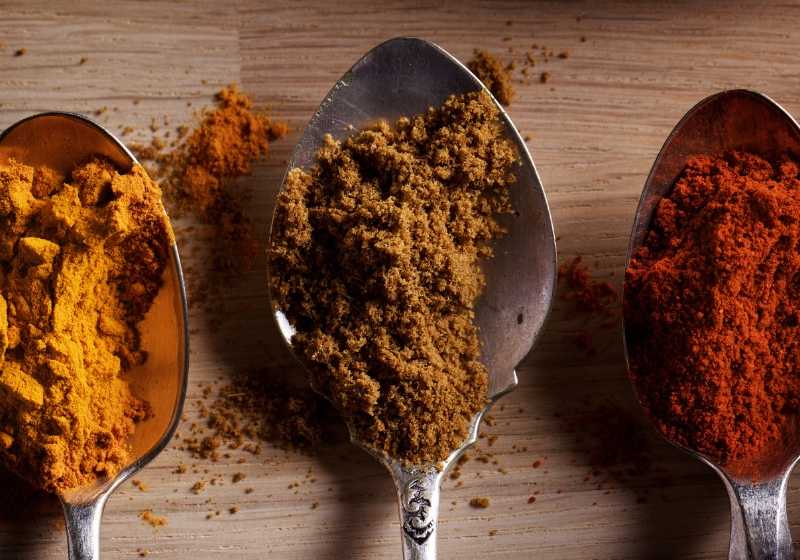
Adding a fiery kick to dishes brings not just heat but also a depth of flavour and complexity. These spices are often used in cuisines around the world to add a spicy and intense flavour to dishes. Here are some of the most popular hot and chilli spices used in Australia:
Ginger:
Popular in veggie patches country-wide, ginger has a spicy kick. It has been used for centuries for its unique flavour and medicinal properties. Derived from the rhizome or underground stem of the ginger plant, it belongs to the Zingiberaceae family, along with turmeric and cardamom.
With its warm, spicy, slightly sweet flavour and a hint of citrus, it can be used fresh, dried, powdered or as a juice or oil. Fresh ginger is commonly used in cooking and baking, while dried ginger is used in spice blends and teas. In addition to its culinary uses, ginger is well-known for its health benefits. It contains bioactive compounds such as gingerol, which has anti-inflammatory and antioxidant properties. Ginger is often used to ease nausea, reduce muscle pain and soreness and improve digestion.
Mustard:
Mustard seeds when ground or cooked release an intense, spicy flavour and are most often found in condiments, marinades and dressings. These seeds are from the mustard plant, which is a member of the Brassicaceae family along with cabbage, broccoli and Brussels sprouts; they can be ground into a powder or mixed with liquid to create a paste or sauce.
There are several varieties of mustard including yellow mustard, brown mustard and black mustard, each with its unique flavour profile and culinary uses. Yellow mustard, also known as American mustard is mild and slightly tangy and often used in condiments like mustard sauce or spreads.
Paprika:
Paprika is a spice made from ground, dried peppers, typically Capsicum annuum varieties. The peppers are dried and ground to create a fine powder that ranges in colour from bright red to deep red-brown depending on the variety used and the level of heat in the spice.
Paprika is commonly used to add colour and flavour to a wide variety of dishes including meats, stews, soups and rice dishes. It has a sweet mild flavour with a subtle heat, although some varieties can be hotter than others. There are several types of paprika, each with its unique flavour profile. Hungarian paprika for example is known for its sweet flavour, while Spanish paprika (known as pimentón) is often smoked, giving it an earthy flavour. In addition to its culinary uses, paprika is also rich in vitamins and antioxidants, making it a healthy diet addition.
Sour Spices:
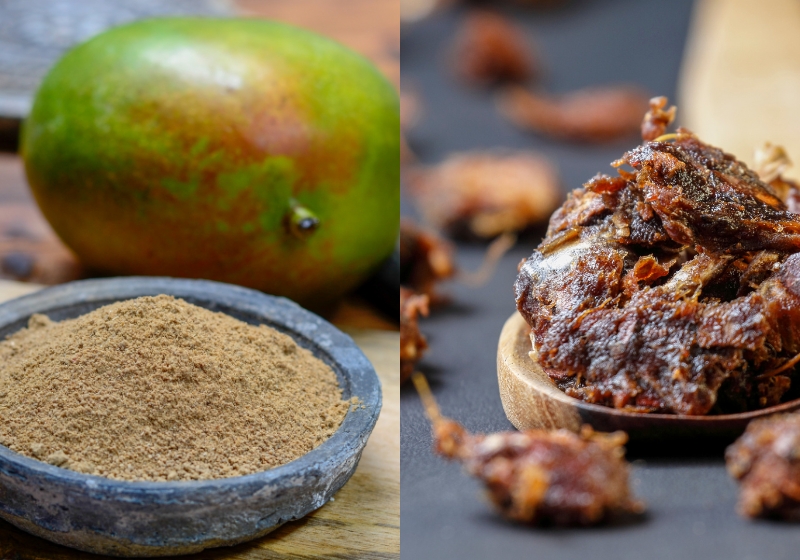
Sour spices add a tangy and acidic flavour to dishes and are commonly used in cooking to add a bright and refreshing element to dishes, balancing out sweetness.
Amchur:
This is just dried mango powder, made from dried unripe green mangoes that are sliced and sun-dried, then ground into a fine powder. Amchur has a tart and sour flavour similar to lemon or lime with a slightly fruity undertone. It is commonly used in Indian cooking to add acidity and flavour to dishes.
Besides its culinary uses, amchur is also believed to have medicinal properties in Ayurvedic medicine. It is thought to aid digestion, improve appetite and help with gastrointestinal issues. When using amchur, it's best to add it towards the end of cooking to preserve its flavour. You can sprinkle it over dishes like salads, roasted vegetables or lentil soups to add a tangy kick. It pairs well with other spices like cumin, coriander and chilli powder, adding a complex and vibrant flavour to your dishes.
Tamarind:
Tamarind is a unique spice that comes from the fruit of the tamarind tree, native to Africa but also grown in tropical regions around the world. The spice is made from the pulp inside the fruit pods, which is sour and tangy, with a flavour often described as a combination of sweet and sour, similar to a date. This spice is also known for its health benefits - it is rich in vitamins, minerals and antioxidants - and is believed to aid digestion, improve heart health and boost the immune system. It is also used in traditional medicine to treat various ailments.



